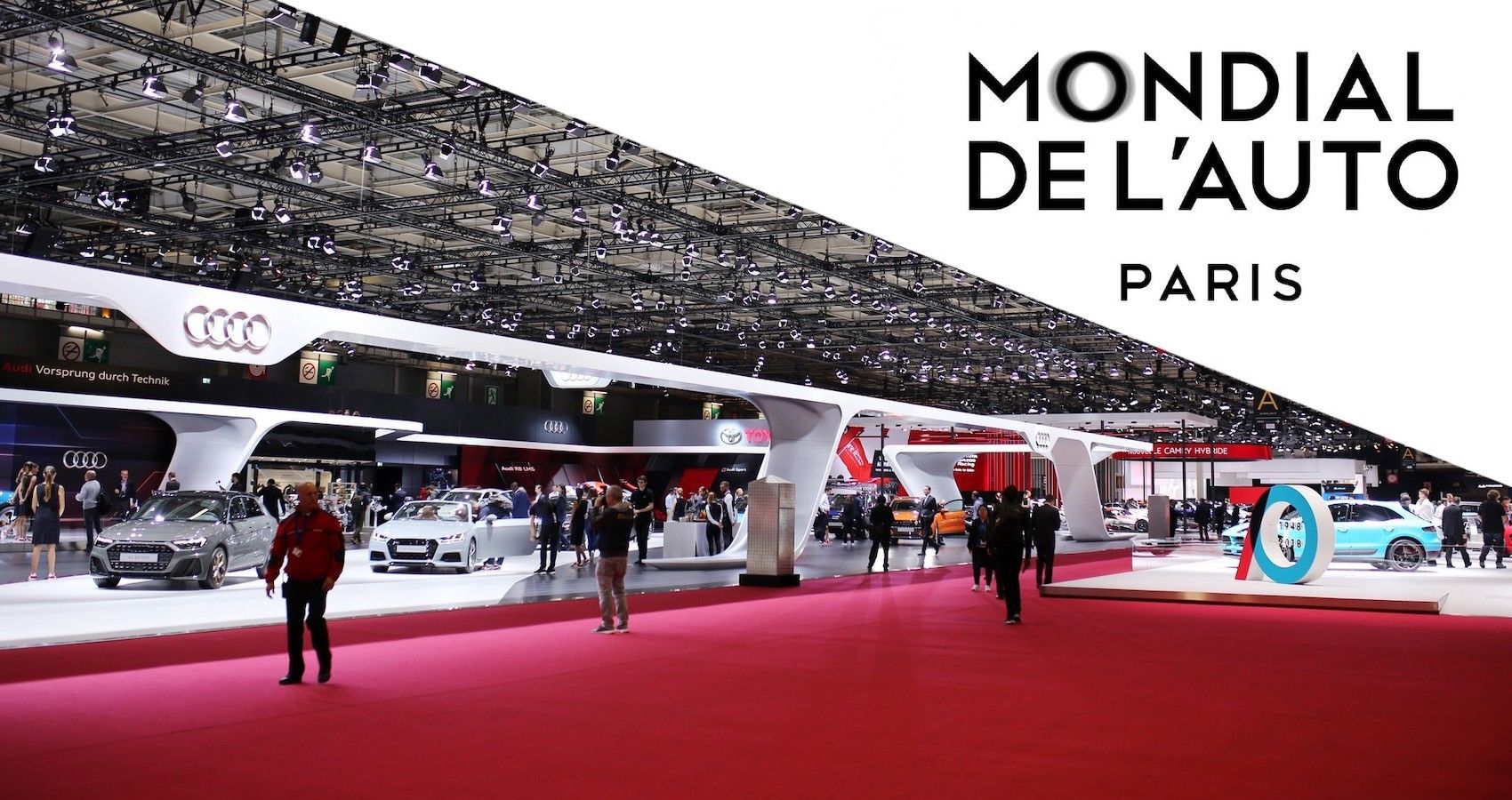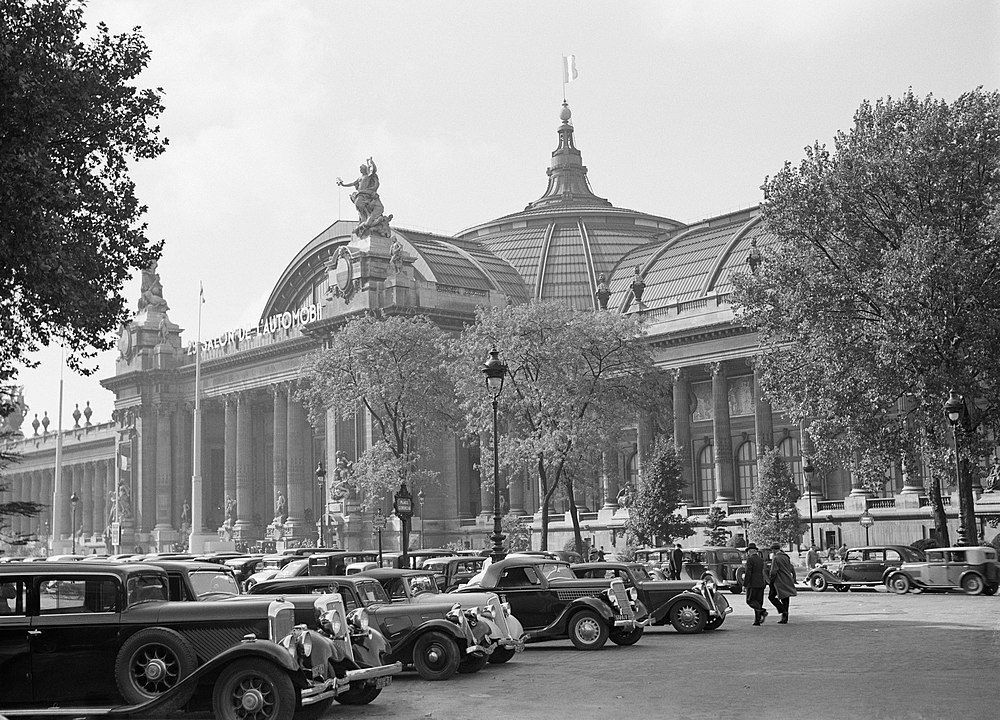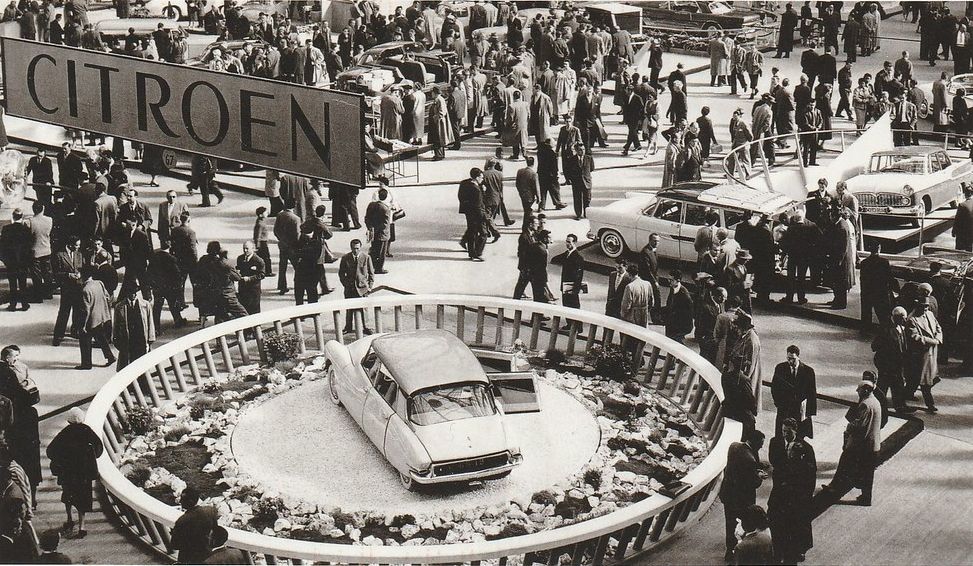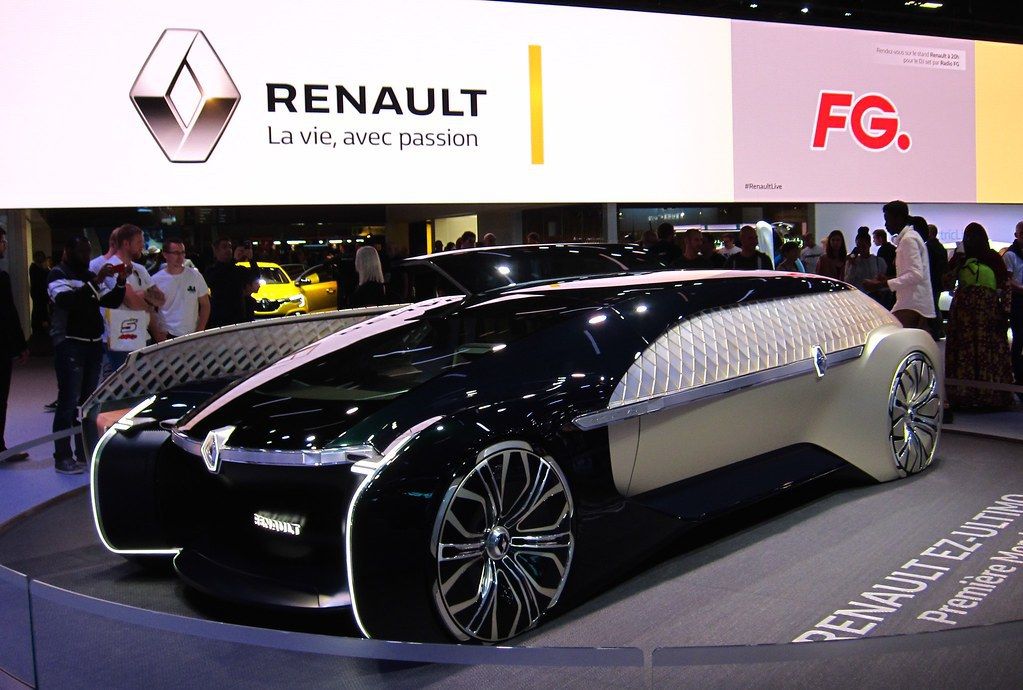With the introduction of brand-new production vehicles and concept cars, the Paris Motor Show is one of the most significant auto shows on the planet. More than a million professionals and enthusiasts attend this prestigious international event every two years to see the newest advancements in the automotive sector.
Presently, France holds the exhibition at Paris Expo Porte de Versailles. The Organisation Internationale des Constructeurs d'Automobiles, which organizes the Mondial, views it as a significant international auto exhibition. The Paris Motor Show received 1,253,513 people in 2016, making it the world's most visited auto show, ahead of Tokyo and Frankfurt.
A magnificent exhibition hall, eight pavilions, 260 brands from 18 countries, 65 world premieres, over 10,000 test drives for electric and hybrid automobiles, and over 10,000 journalists from 103 countries are among the event's highlights.
Until 1986, the French called it the Salon de l'Automobile. In 1988, the organizers renamed it the Mondial de l'Automobile. In 2018, it got renamed the Mondial Paris Motor Show. France held the event annually until 1976. Since then, it's held biennially.
Let's get straight into it and see how the Paris Motor Show is and why it is one of the best motor shows in the world.
History Of The Paris Motor Show
Jules-Albert de Dion, a forerunner in the industry, founded the show in 1898, making it the first motor show in history. After 1910, France hosted it on the Champs-Élysées at the Grand Palais. The First World War caused the suspension of auto exhibits, making the one in October 1919 merely the 15th "Salon."
In 1925, there was no Paris Motor Show since a decorative arts exhibition had been scheduled in its place. The 26th Paris Salon de l'Automobile, which took place in October 1926, was when the Motor Show made a comeback. In 1939, the 33rd Salon de l'Automobile was abruptly canceled due to the advent of war.
Six years later, a sort of normalcy was restored, and in October 1946, the 33rd "Salon" officially opened. Because of the "present economic crisis," France canceled the Paris Motor Show in January 1977. However, the organizers indicated and scheduled the 1978 Auto Salon for Paris.
The 65th Salon de Paris opened on October 15, 1978, at the contemporary buildings of the Parc des Expositions, on the southwestern outskirts of metropolitan Paris at the Porte de Versailles, where France had held it since 1962.
Since 1976, the Paris Motor Show has taken place every two years, on an even-numbered year. As a result, since 1990, the autumn Paris Salon has not coincided with the autumn motor show in Frankfurt, which is held on odd-numbered years.
This has allowed all major automakers to plan the European debuts of the upcoming model year without having to choose between two locations.
The Paris Motor Show Is Where Legendary Models Appeared
The Paris Motor Show displayed the first car built for ladies at the Paris automotive exhibition in 1922. The Citroën Type C, also known as the 5CV, was the vehicle in question.
In 1936, the showroom displayed a Fiat 500 Topolino. The amusingly small car, which measured just 3.2 m in length, 1.2 m in width, and 1.3 m in height, had a 0.6-liter engine that produced 13 HP. The Fiat 500 Topolino had a 53mph top speed.
In 1946, the Paris Motor Show introduced the Renault 4 CV; three years later, it became the most popular car in France and West Germany. It ranked second among imported foreign cars.
In 1948, the Citroen 2CV, later known as the "Ugly Duckling," made its debut in Paris. It had a 9-horsepower engine and an extremely odd look. The Citroën 2CV was pretty large and moved quite smoothly. As a result, it was popular throughout France. Citroën sold over 3.9 million copies.
Ferrari showed their first "road" car in the French capital in 1949; previously, the business created racing cars. The 1.5-liter V12 engine with three carburetors powered the Ferrari 166 Inter coupe with bodywork by the Milan Atelier Carrozzeria Touring.
In 1955, the Citroën DS debuted at the Paris Motor Show, made famous by the Fantomas films. At 9 a.m. local time, the show unveiled the car, but by 9:45, the French had received 749 orders for brand-new automobiles. By the end of the day, people had placed 12,000 orders.
In 1966, the Paris Motor Show unveiled the Lamborghini Miura models. The Paris Motor Show showed the Alfa Romeo Carabo concept by designer Marcello Gandini two years later. The Fiat 128 model, named automobile of the year in Europe in 1970, debuted in 1968 as the company's first front-wheel-drive vehicle.
At the Paris Motor Show in 1972, BMW unveiled the E25 Turbo, a novel idea.
Here Are The Coolest Cars Featured In The Recent Paris Motor Show
Renault EZ-Ultimo: This crazy Renault concept vehicle is essentially a self-propelled boat on wheels. Renault's innovative interpretation of a luxury cab goes beyond what Uber Black could ever provide.
Infiniti Project Black S: Here's one concept automobile we'd love to see in production in the future. This elegant design, based on the Infiniti Q60 Red Sport 400 Coupe, is the ultimate dark horse sports coupe.
Lexus LC500 Limited Edition: At the recent event, Lexus introduced a customized edition of their iconic coupe. The limited-edition Lexus LC 500 is completed in a 'Naples Yellow' colorway produced by a meticulous selection of layered paint and primer colors, according to the brand.




